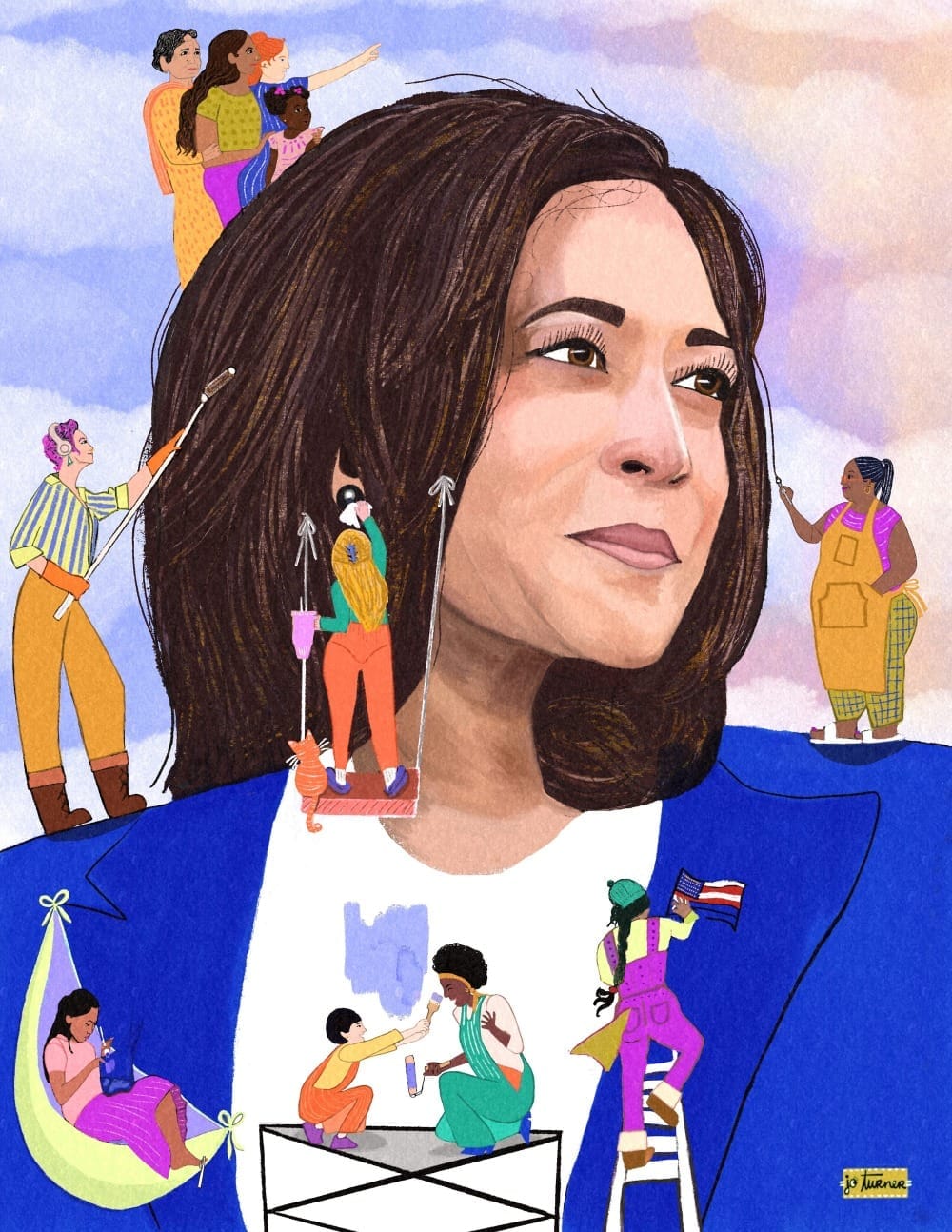What Went Wrong for Kamala Harris?
In the end, it wasn't even a close-won race. Did the Harris campaign get it wrong—or did the Trump side spot something the Democrats didn't?

The Persistent is available as a newsletter. Sign up here to get it delivered to your inbox.
The morning after Election Day in 2016, I got a call at 4 a.m.
It was my colleague at the London newspaper where I worked. She was already in a taxi on her way to the office, and she was panicking. “It’s all going Trump’s way,” she said. “We need you at work. Now.”
On my phone, I scrolled through the incoming results from the swing states. My colleagues and I had prepared numerous essays about the historic moment in which America would vote in its first female president. Clearly our essays wouldn’t be seeing the light of day.
I raced into the office, and by the time the sun rose, I’d written a much darker, sadder piece. Hours later, when Hillary Clinton made her concession speech, everyone in the newsroom gathered around the TVs, silent and rapt.
Back then, we despaired primarily for what we’d lost: proof that a woman could lead the free world—that her country trusted, and wanted, her to do it. The polls had given us optimism that was outrageously misplaced.
The polls failed us again this week.
What went wrong for Kamala Harris? That’s what everyone wants to know.





